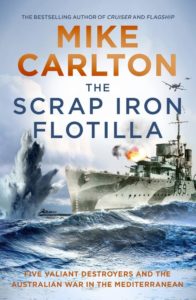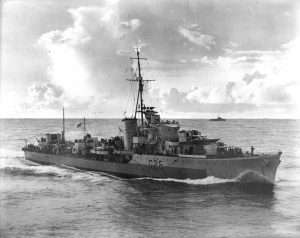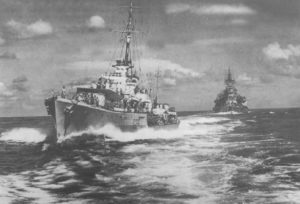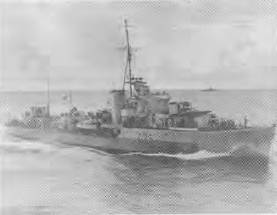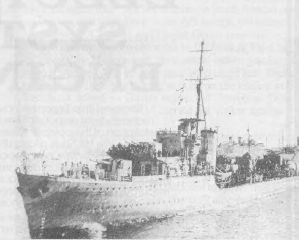The Scrap Iron Flotilla by Mike Carlton. William Heinemann Australia. Paperback of 448 pages. rrp $34.99 On Sunday September 3rd 1939, history was tumbling over itself. In the mess decks ...
HMAS Nepal
Occasional Paper 128: HMAS Nepal
By Commander Greg Swinden RAN HMAS Nepal was one of eight N Class destroyers laid down in British shipyards during 1939 for service in the Royal Navy. Five of these ...
HMAS Nepal and Operation ES – June and July 1942
The Society received the following letter which explains this unusual circumstance. A recent application to the Defence Honours and Awards Tribunal has cast light on a hitherto unknown operation undertaken ...
Book Review: The Kellys
The Kellys – British J, K & N Class Destroyers of World War II By Christopher Langtree Published by Chatham Publishing, Kent, England Distributed in Australia by Peribo 58 Beaumont Street, ...
Attack on Sabang, Northern Sumatra, 1944
This article refers to the British Eastern Fleet’s first attack on Sabang in Northern Sumatra, in April, 1944. To relieve some of the pressure on his own forces, Admiral King had ...
N Class – The Bird Cage
Letters: A South Atlantic Incident
I wish to make the following correction to my article ”A SOUTH ATLANTIC INCIDENT” published in the September, 1990 edition of the Naval Historical Review. An ex Communicator might be forgiven ...
